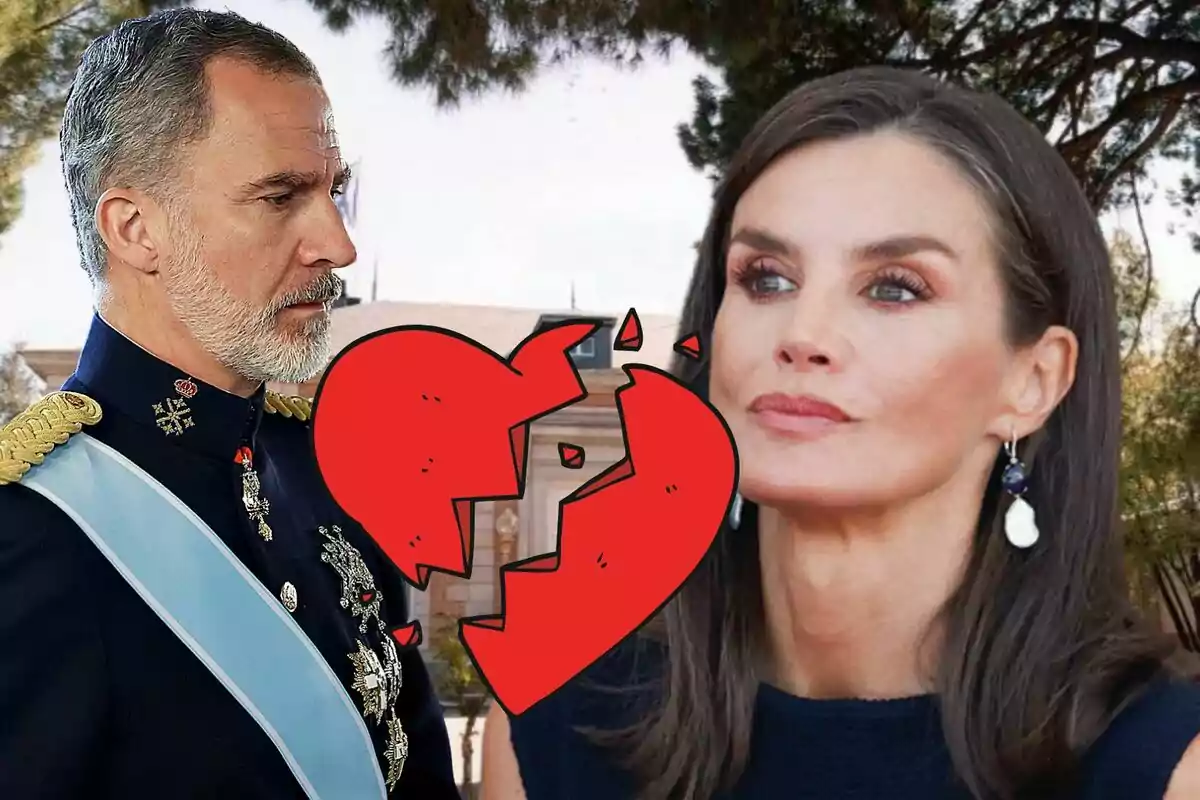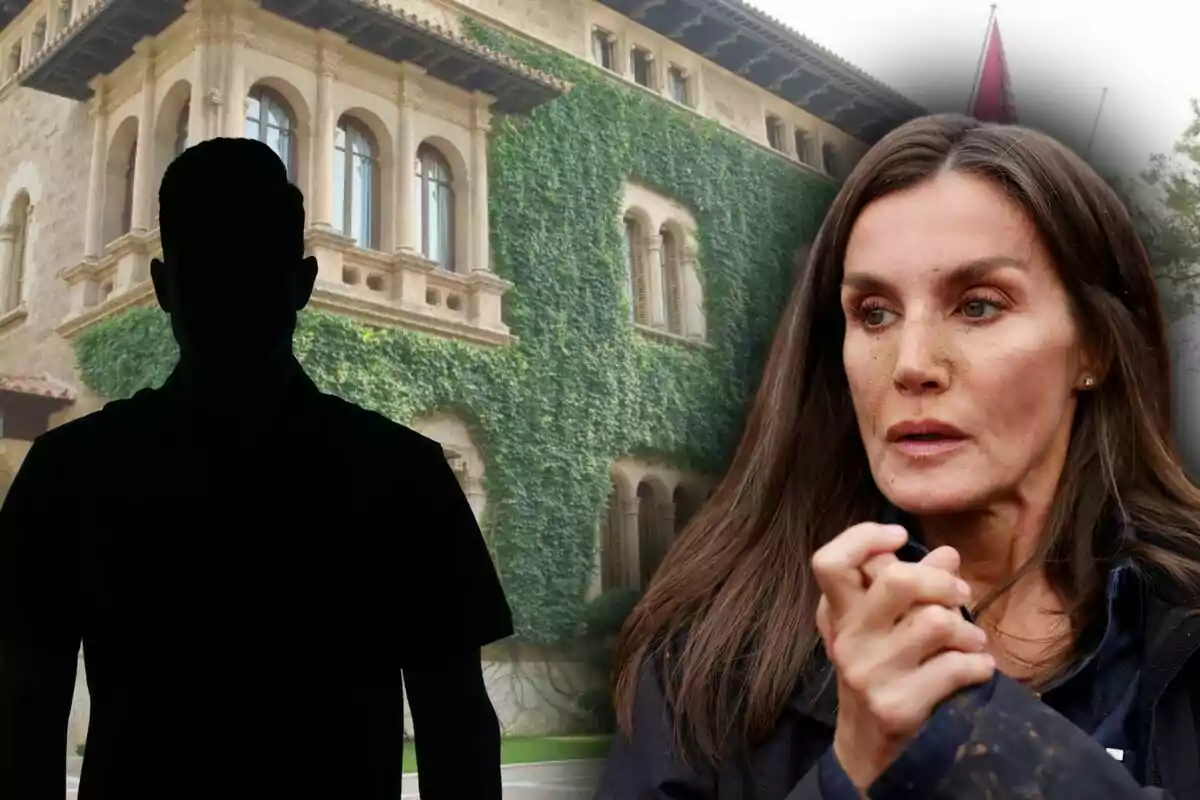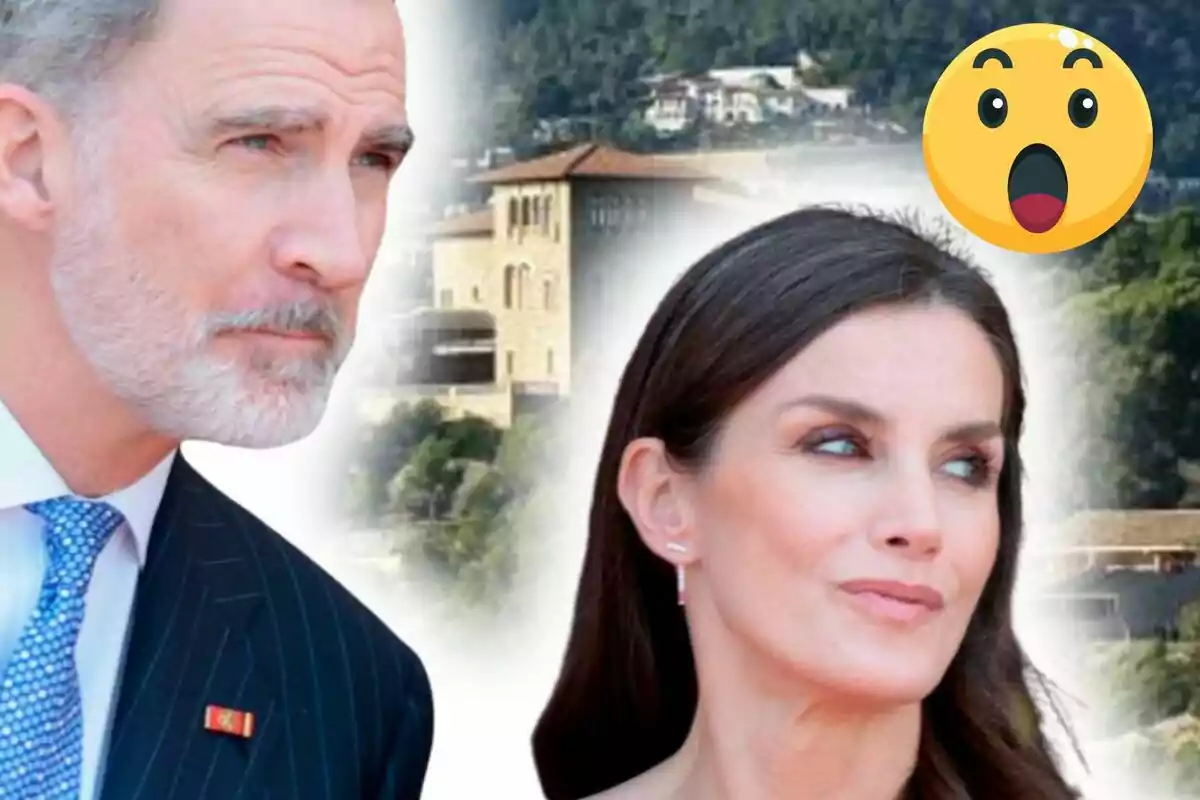The summer image of the Spanish Royal Family is once again causing controversy. Not because of a calculated pose or a family photo in flip-flops. Quite the opposite: the methodical silence, the closed door, the absence of a narrative.
The person who hasn't overlooked this is protocol expert María José Gómez Verdú. Her analysis dismantles the comfortable idea that summer "doesn't count." She puts the spotlight where it hurts the Bourbons most: public communication is also at stake in August.
The opaque summer of the Bourbons and the photo that never comes
The script is well known. Palma de Mallorca, a minimal and controlled agenda, and a social reception at Marivent to mark a pause. This year, there's also the novelty of Leonor and Sofía as hosts, a detail that highlights their leap to the forefront.

Once that formality is over, the curtain comes down: a private destination abroad, cameras out, and no original content to dampen rumors. The combination does offer protection, but it fuels suspicion and distances the institution from the scrutiny it should face.
Gómez Verdú's thesis: the image doesn't go on vacation
Gómez Verdú is blunt: in the 21st century, public image management doesn't rest. The specialist emphasizes that the Spanish Crown keeps a line of "strict discretion" that contrasts with the "guided transparency" of other royal families.
She insists it's not about exhibitionism, but about shaping the narrative with carefully measured and controlled pieces: a snapshot on a bicycle, a walk in the mountains, a photo at the beach with the children. These are minimal but powerful gestures that humanize without invading privacy. The message is clear and, for Felipe and Letizia, uncomfortable: the information vacuum isn't neutral, it's a political decision that comes with a reputational cost.

What other kingdoms do when the sun beats down
This isn't just theory. In the Netherlands, the Royal Family holds a prearranged photo session with the press every summer. This year, they did it on June 30 at Huis ten Bosch: minutes of flashes, textbook smiles, and then a vacation without pressure.
In Norway or Sweden, the strategy is repeated with nuances: selected images of their summer stays are published, from Lofoten to Solliden. There's no overexposure. There's conscious control of the narrative, measured closeness, and prevention of sensationalism that arises from the void. It works because it satisfies public curiosity and immediately puts an end to the hunt for uncomfortable exclusives.
Meanwhile, Felipe and Letizia remain silent. Some sources even indicate that they've gone their separate ways. The queen is reportedly in Greece, a private trip that would have cost half a million euros to the public coffers.

A missed opportunity for a questioned monarchy
The paradox is clear. The royals boast an impeccable agenda when it's time, but they give their summer a shield that grates in a mature democracy. The photo that never comes opens the door to interested versions, to that fog that so outrages them when others spread it.
This also happens in a context of chronic wear and tear on the institution, inherited from scandals that the Royal House has tried to cover up with formality and distance. The result is a Crown that seems to speak only when it suits them, and that stays silent when the public could see them as what they claim to be: a head of state at the service of the public, even during vacations.
The advice Felipe VI - and especially Letizia Ortiz - don't want to hear
Gómez Verdú's recipe is simple and devastating: a spontaneous and carefully crafted summer image is worth more than a thousand institutional statements. It doesn't require giving up privacy. It requires recognizing that trust is built with gestures. While other monarchies fine-tune their summer approach, the Spanish Royal Family keeps betting on silence, a strategy that now sounds outdated and defensive.

